Open now gallery 1
Home Futures
Explore today’s home through the prism of yesterday’s imagination. Are we living in the way that pioneering architects and designers throughout the 20th century predicted, or has our idea of home proved resistant to real change?
★★★★ Time Out
'Abundant treasures to savour' ★★★★ The Times
‘A lively, illuminating, sometimes enthralling journey through a century’s-worth of aspiration and fantasy’ The Observer
'Unmissable' City AM
'This immersive, vibrant and challenging exhibition truly throws into question how we see and define our constantly evolving social and living situations' Monocle
In partnership with IKEA Museum
‘At IKEA we have always been curious about innovative technology and passionate about life at home. That’s why we are delighted to partner with the Design Museum on this exhibition. Collaborations are a vital part of our learning process and we hope it will inspire you.’ IKEA Museum
Watch
The exhibition
What to expect
The ‘home of the future’ has long intrigued designers and popular culture alike. Immerse yourself in a series of dreamlike passages and rooms designed by New York-based architects SO-IL and explore yesterday’s visions of the future – as avant-garde speculations are displayed alongside contemporary objects and new commissions.
Discover more than 200 objects and experiences to trace the key social and technological aspirations that have driven change in the home. Historical notions of the mechanised home and the compact home are displayed alongside contemporary phenomena such as connected devices and the sharing economy.
Please note that the exhibition contains visuals of an adult nature.
Book online
Home Futures
Beat the queues, book your tickets in advance.
Tickets £14.50 (+£1.50 voluntary donation) Concession, family and gift tickets available Free to members
Get closer with Membership
Support the Design Museum as a member to enjoy free entry to all exhibitions, priority access and discounts in the shop, café and restaurant.
Join as a Member Plus to bring a guest.
In depth

The Tawaraya Boxing Ring bed
This bed in the shape of a boxing ring was designed by Masonori Umeda for Memphis, an Italian design and architecture group founded by Ettore Sottsass in 1980. This iconic photograph shows all the founders of Memphis in the Tawaraya Ring. Credit | Masanori Umeda, Tawaraya Boxing Ring, 1981. Credit Studio Azzurro / Courtesy Memphis Srl.
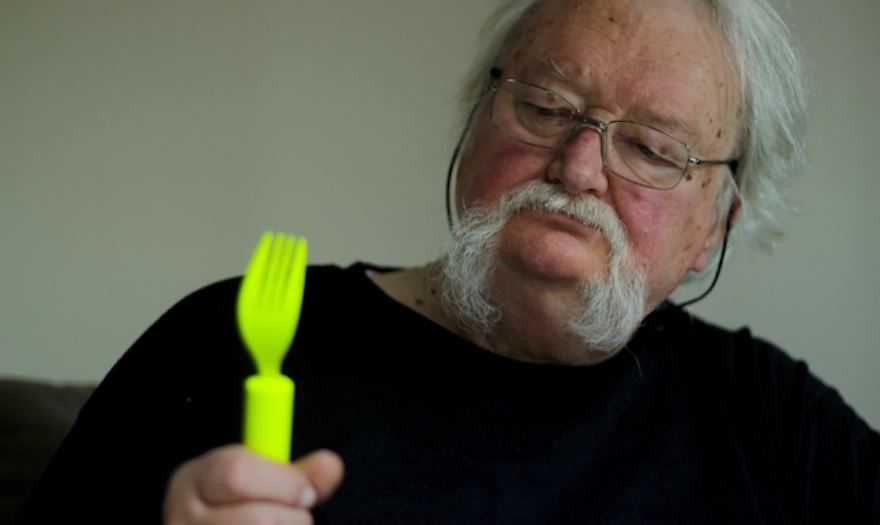
'Dad, are you using the smart fork? I'm not receiving any updates...'
Superflux, Uninvited Guests
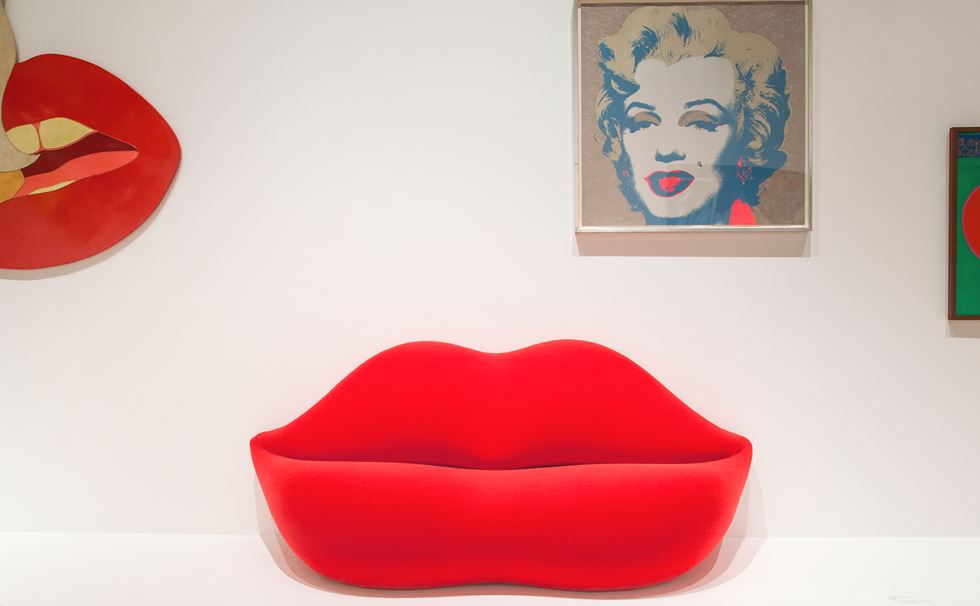
Red lip sofa
Initially a small production company responsible for the most iconic pieces of Italian radical design, Gufram became famous for merging art and design. Studio 65’s Bocca sofa became one of its best-known pieces. The sofa’s red colour is a Gufram exclusive, and its two corners are not perfectly symmetrical, just as human lips would be. Credit | Studio 65, Bocca sofa, 1970. Courtesy of Gufram.
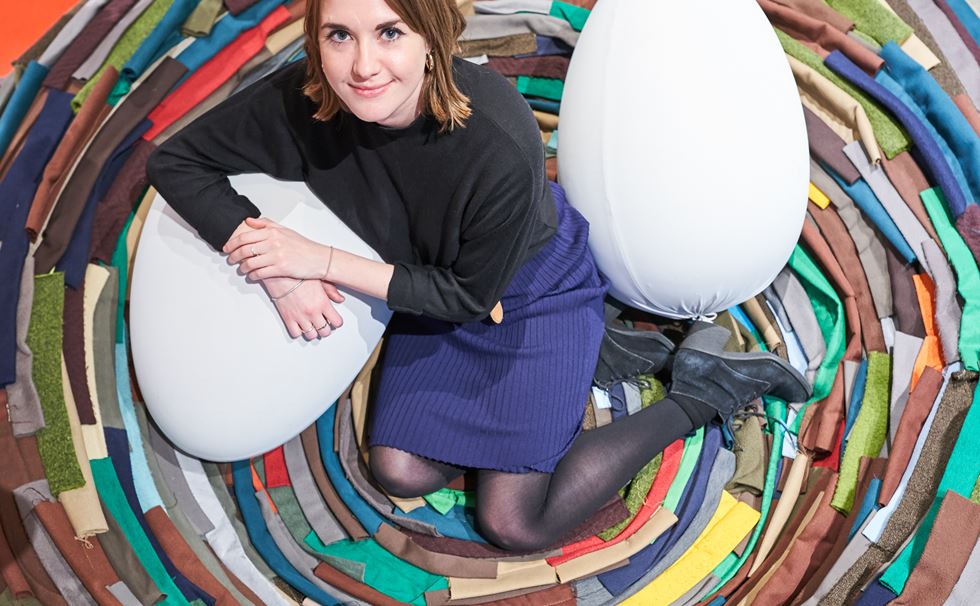
A human-size nest where one can take shelter and rest
1972 masterpiece by Gianni Ruffi, produced by Gufram in limited edition
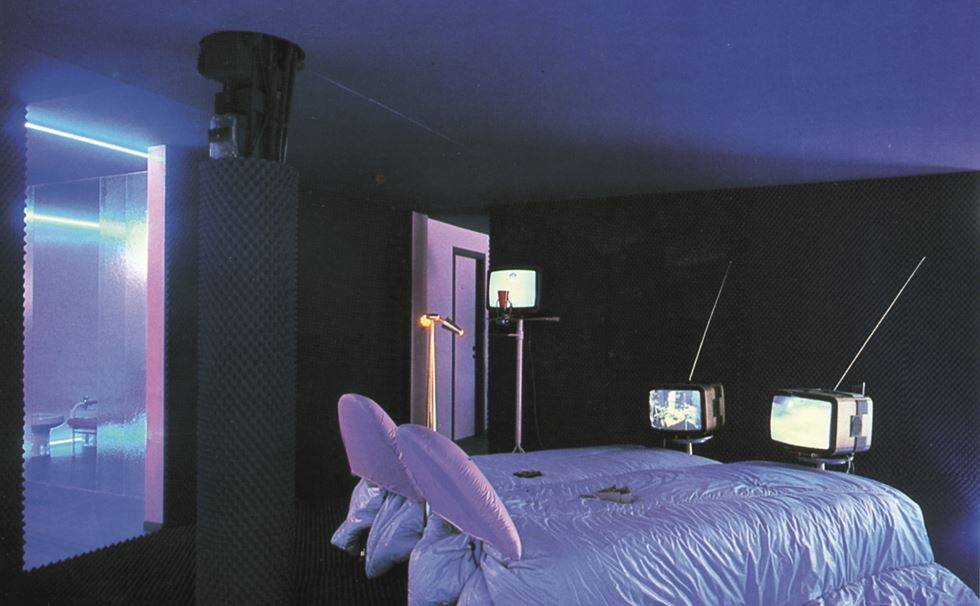
TV screens take over the house
Ugo La Pietra’s Casa Telematica (1983), or the Telematic House, imagined ways in which media and telecommunication will change the homes of the future. This image from early 1980s calls to mind the omnipresence of screens in our contemporary lives. Courtesy of Archivio Ugo La Pietra, Milano. Ugo La Pietra, La Casa Telematica, 1983. Credit | Courtesy of Archivio Ugo La Pietra, Milano.
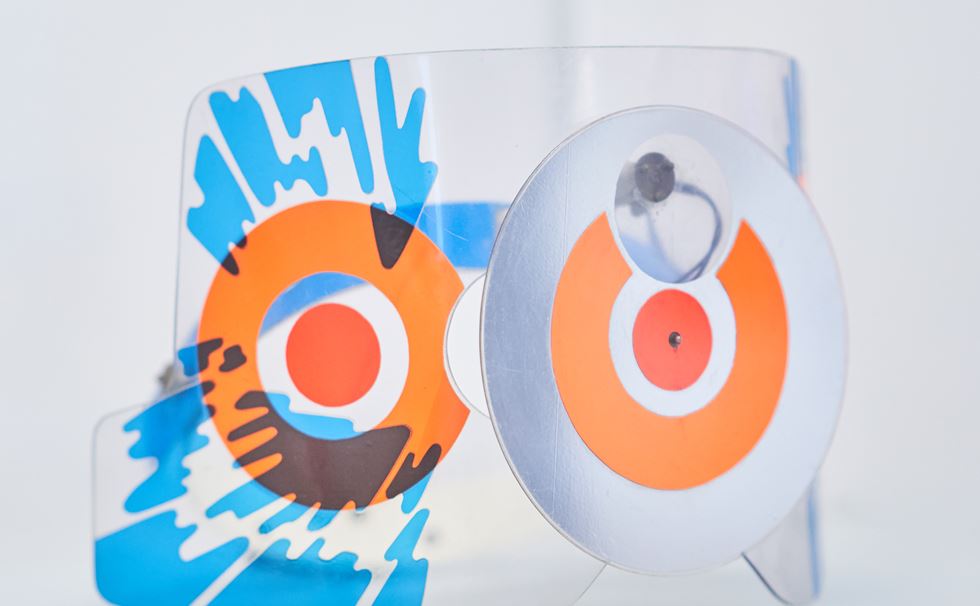
A headset that would alter one’s perception of the world
Environment Transformers, Haus-Rucker-Co, 1968
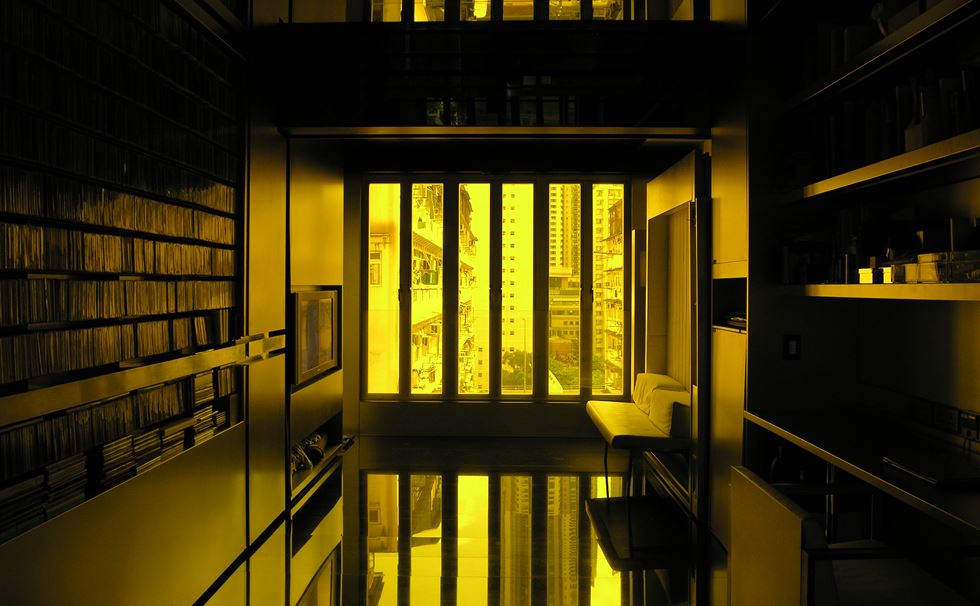
A micro-home transformed into 24 rooms
Chang built his Domestic Transformer in the same Hong Kong apartment where he has lived with his parents and three sisters since his childhood. With its sliding walls, the thirty-two-square-metre space can be transformed into twenty-four different rooms.Credit | Gary Chang, Domestic Transformer, 2009. Courtesy of EDGE Design Institute Ltd.

A cactus-shaped coat rack
In 1972, Guido Drocco and Franco Mello reimagined the coat rack in the shape of a cactus. Bringing together decorative use and functionality, the Gufram Cactus proposed that form does not always need to follow function. Credit | Guido Drocco and Franco Mello, Gufram Cactus, 1972. Courtesy of Gufram.
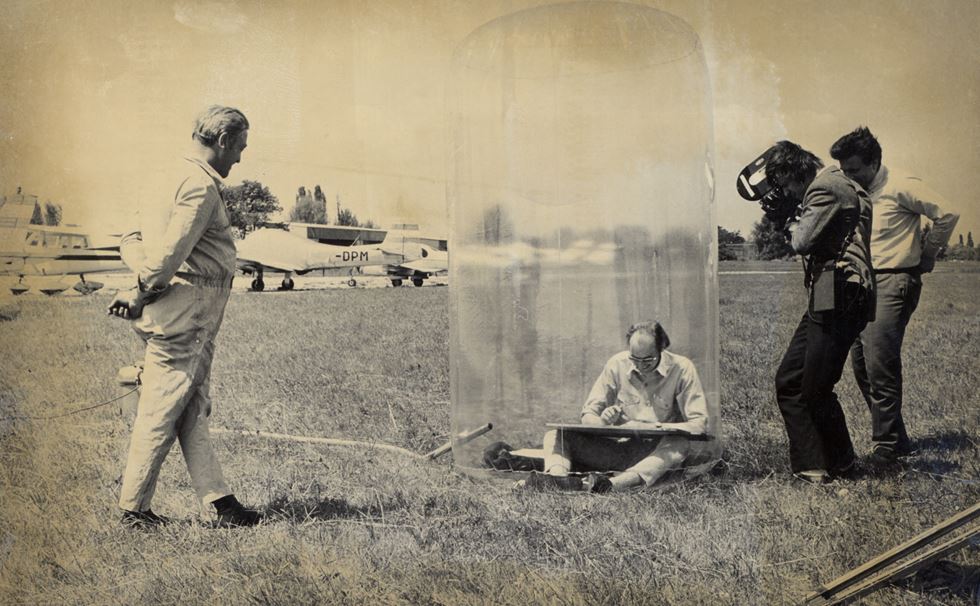
A proposal for an inflatable, portable office
In 1969, years before laptops allowed for work on the go, Hans Hollein proposed a mobile office in the form of a transparent bubble for a nomadic lifestyle. It forecasted the conditions of work and life in an automated, networked world. Credit | Just Landed. Hans Hollein in his ‘Mobile Office’, 1969. Courtesy of Private Archive Hollein.
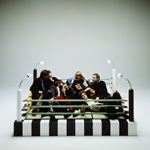

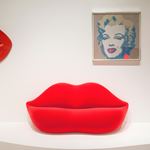

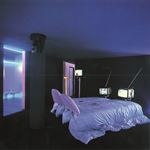


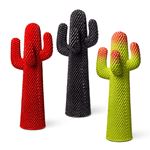

Shop